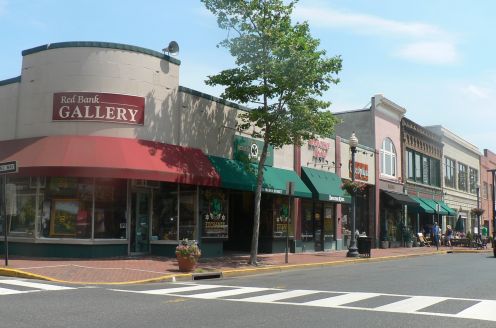New Jersey's cities -- even downtrodden and smaller ones -- are seeing a dramatic shift in population trends, according to research from smart growth group New Jersey Future.

The state's eight largest urban areas -- Newark, Jersey City, Trenton, Paterson, Elizabeth, Camden, New Brunswick, Atlantic City -- accounted for 11.4 percent of the state's population growth between 2008 and 2011. That's a big change compared to the 1.1 percent those cities accounted for between 2000 and 2008. According to NJ Future, this period marks the first time since the 1930's that the growth rate of these cities (1.7 percent) has come close to the statewide rate (1.8).
Sprawl appears to be losing steam in a state that is very well-known for it. The 188 cities and towns in New Jersey that are at least 95 percent developed, or "built out," saw their populations rise 2 percent between 2008 and 2011 -- slightly more than the state average of 1.8 percent. In the eight years prior, this same group of municipalities had declined 1 percent.
Finally, even 30 "distressed cities," as identified in 2006 by the Housing and Community Development Network of New Jersey, saw their prospects take a turn for the better. Over the last four years, these places outpaced state growth 2.6 percent to 1.8 percent.
New Jersey Future's Tim Evans says the national trend toward urban living has clearly arrived in New Jersey.
The Census Bureau and the Associated Press have already noted the turnaround in the municipal data from the national perspective, with cities growing faster than their surroundings for the first time in decades. Is the same thing happening in New Jersey? In a word, yes.
Considering that New Jersey is the most developed state in the nation, this trend toward redevelopment of already-built areas and away from continued development of a dwindling supply of open land is good news. If any state is in need of a rethinking of the dominant development paradigm – or is better poised to capitalize on the alternative – it is New Jersey.





